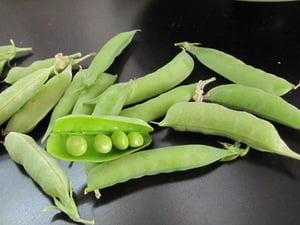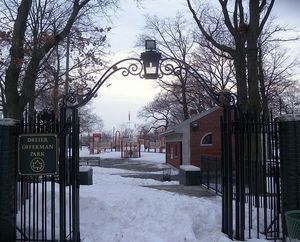Vegetable gardening serves several purposes for me; the most obvious of which is putting fresh vegetables on the table. After years of growing different kinds of vegetables, I have learned that some vegetables have greater value based on how much space the plants need in the garden and their freezing or canning ability. The best vegetables to plant are items used often in dinner menus, making it worthwhile to have an abundance to last through the winter and spring, and into the next harvest season. To me, the perfect vegetable garden has three characteristics. The garden contains plants that everyone in the house likes (no asparagus, for example, since I do not like asparagus); contains plants I can easily freeze or can (radishes and green onions, for example, are best eaten fresh shortly after harvesting); and produces more than one piece of fruit to justify the garden space (broccoli and cauliflower offer only one head per plant).
Tomatoes
Tomatoes are at the top of the list because of their versatility. Use tomatoes to create sauce or juice, or use with soup or pasta recipes. The best thing about tomatoes is how easy it is to freeze them. I core the fresh tomatoes and drop the whole tomato into freezer zip bags. How easy is that? During the winter, I can pull a bag from the freezer and remove the number of tomatoes needed for a recipe. Choose varieties of tomatoes that meet your dining needs, like for tomato sauce, tomato paste, or stew tomatoes.
The National Gardening Association agrees with me that pole green beans are a better choice to bush green beans. Because some pole bean varieties grow up to 10 feet or more, the plant produces more beans in a smaller area than an individual bush bean plant, which might grow to 24 inches tall. My preferred variety is Kentucky Wonder. Freeze or can green beans.
Peas
Choose from two types of peas, shell peas or snap peas. To eat shell peas, which are also known as garden peas or English peas, remove the peas from the pod. Snap peas, also known as snow peas or sugar peas, provide a pod so tender, you eat the pod and peas together. I have tried both and though I like snap peas, I prefer shell peas. Shell peas are good in soup recipes or mixed with other vegetables like carrots or corn. Peas grow on a vine. Pea vines more than 2 feet long benefit from a trellis.
Zucchini
Yes, zucchini takes up a lot of horizontal space in the garden, but it is worth the space. Zucchini is chucked full of health benefits like vitamin C, potassium, and fiber as pointed out in “A Few Quick Serving Ideas,” by Sally Barclay of Iowa State University. I freeze zucchini chunks in sandwich bags placed inside a large freezer zip bag. I then pull out a sandwich bag full of zucchini as needed for soup recipes, stir-fry, or other zucchini recipes.
Source: “Watch Your Garden Grow-Peas,” University of Illinois Extension
More from this contributor:
Basics of Organic Vegetable Gardening
What is Eating My Vegetable Plants?
Get Rid of White Fuzzy Spots on Zucchini Plant Leaves with Homemade Fungicide





